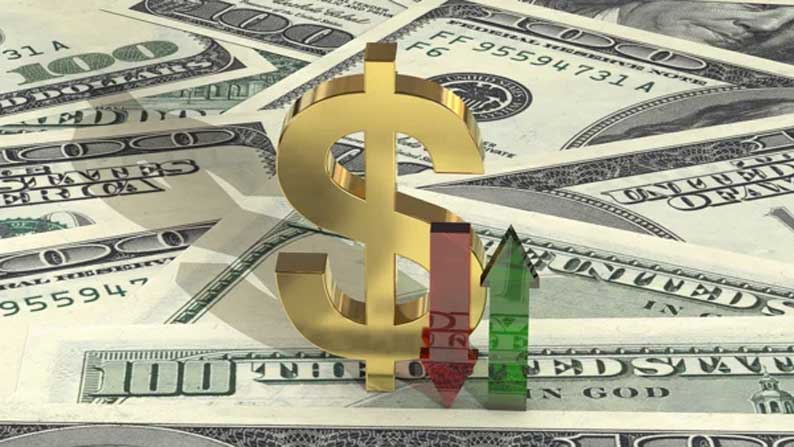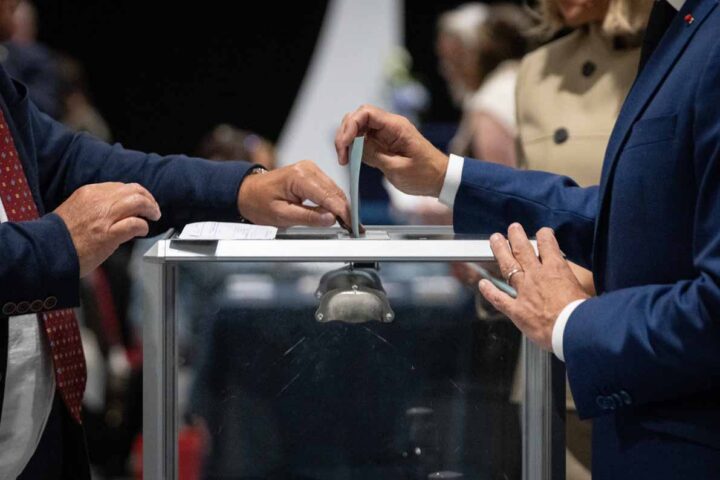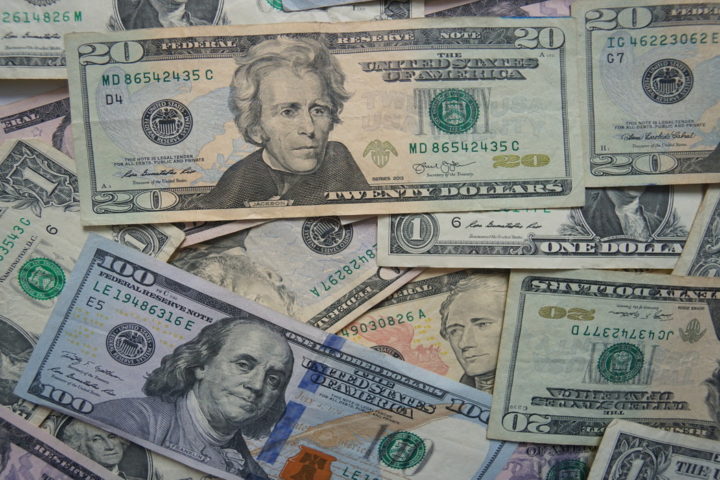July was the month when investor consensus pivoted from a recession to a soft landing for the US economy. August is set to be the month when investor focus pivoted from the short term to the long term.
And if you expect the US economy to land softly, you then also have to ask, “Land softly to what?”
Over the last month, the 30-year US Treasury yield has risen by around 50 basis points to a 12-year high of 4.47%. At the same time, market pricing for the federal funds rate in five years—a proxy for investor belief about the long-term neutral policy rate—has risen about 50bps to roughly 3.75%.
For context, the Federal Reserve’s current estimate of the neutral rate is 2.5%. This rise in the 30-year yield and market-implied neutral rate has also occurred while market pricing for the terminal fed funds rate during this hiking cycle has barely budged, hovering around 5.42%.
One explanation for this is that it is implicitly an expectation that nominal US GDP growth will be sustainably higher than it was during the past 15 years. That’s the implicit answer to the question of what the economy will make a soft landing to.
“Higher for longer” has referred to the fed funds rate, but it could now also apply to nominal GDP growth. The bigger uncertainty is over the split of that growth between real GDP and inflation.
Cyclical picture improved
We see the following implications from this shift in expectations:
- Investors focusing more on the long-term outlook reflects how much the cyclical economic picture has improved as recession risk over the next 12 months has receded. The latest CIO monthly letter, “When elephants dance,” goes into the details and explains why this better cyclical outlook was the catalyst for our upgrade of equites to neutral from least preferred. In return terms, we now expect modest upside to US equities (S&P 500) by year-end and more so by next June (about 8% from 4,369 currently to 4,700).
- Investors’ upgrading of their long-term nominal growth outlook isn’t entirely benign because it also reflects concerns that the economy and inflation will reaccelerate. The Fed would presumably continue rate hikes if that were to happen, or at least not cut for most of 2024, either way raising the risk of a delayed recession. This reacceleration scenario is unlikely and part of our bear case. Leading indicators for shelter inflation and the labour market imply continued cooling in the economy. It would also defy precedent and logic for an economy to accelerate as monetary policy becomes more restrictive.
- The high likelihood that both growth and inflation will decline over the next 12 months, though still combining for a reasonably healthy level of nominal GDP growth, is why we keep bonds as our most preferred asset class. The technical factors that pushed US Treasury yields higher last month should ease, as should these reacceleration fears. The result is bond yields that drift lower, supporting our recommendation to invest in quality bonds. While these bonds offer an attractive risk-reward and are a recession hedge, they are also an implicit trade on the secular bull case. In it, rapid productivity gains support growth while keeping inflation contained, reducing the risk that bond yields rise from current levels.
In our tactical base case, we continue to recommend equity laggards as the best way to position for a softish landing, which would get a further boost if the secular bull case becomes increasingly likely. For the very near term (i.e., the rest of the summer), markets may remain on edge as investors look for any signs that reacceleration fears are justified and speculate how the Fed will respond to such news. But through all that market noise, it’s important to remember that the US economy looks a lot rosier today than it did a few months ago.
UBS Chief Investment Office, Global Wealth Management Investment Research










